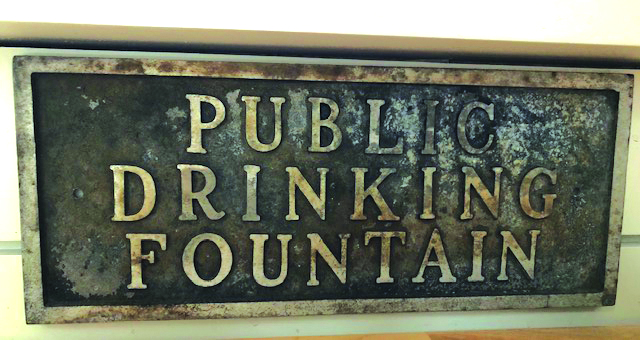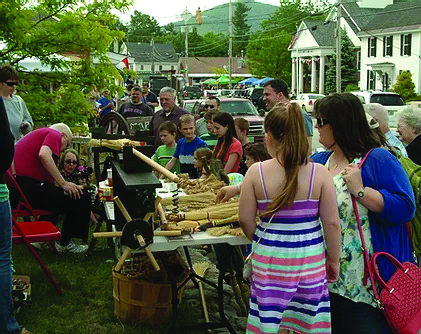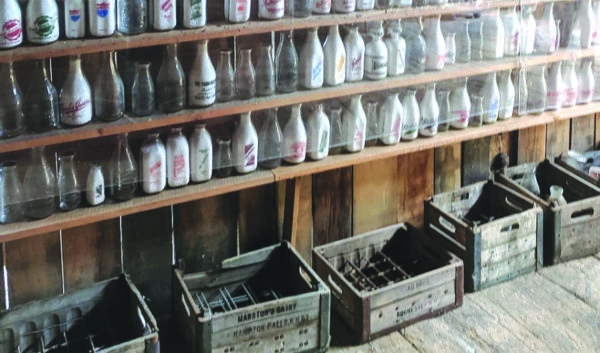Dear Donna,
I hope you can help me out. Perhaps 25 years ago, when my aunt died, her daughter told my mom she could choose something from my aunt’s home. My mom chose this piece, which she had long admired. She thought it was beautiful but I have never liked it a bit. Still, though my mom died a dozen years ago I have kept it as she thought it was valuable. Please tell me otherwise so I can finally give it to somebody, anybody, without feeling guilty.
Harvey from Manchester
Dear Harvey,
First let’s say there shouldn’t be any guilt if you find this piece a new home with someone who will cherish it again. What you have is a piece of flashed ruby glass. Most likely it had two other smaller candle holders, one on either side of the center bowl. It was meant to be placed on a mantel or in the middle of a table.
Flashed glass was very popular during the late 1880s and early 1900s. It was done by a specific method that applied a film-like covering over a clear glass (this is a very simplified explanation). The design was then etched to appear through the ruby or cranberry coloring to expose the clear glass. It looks beautiful but most didn’t hold up well in time. Scratching was an issue.
The deer design was a common one and very eye-pleasing. Now with that all taken into account, the value of a piece like yours would be in the $85 range to a new buyer. It’s a tougher market these days because it’s harder to fit into a modern decor. Still a beautiful piece, but it may be tough to sell. I hope you do find a new admirer for it.






